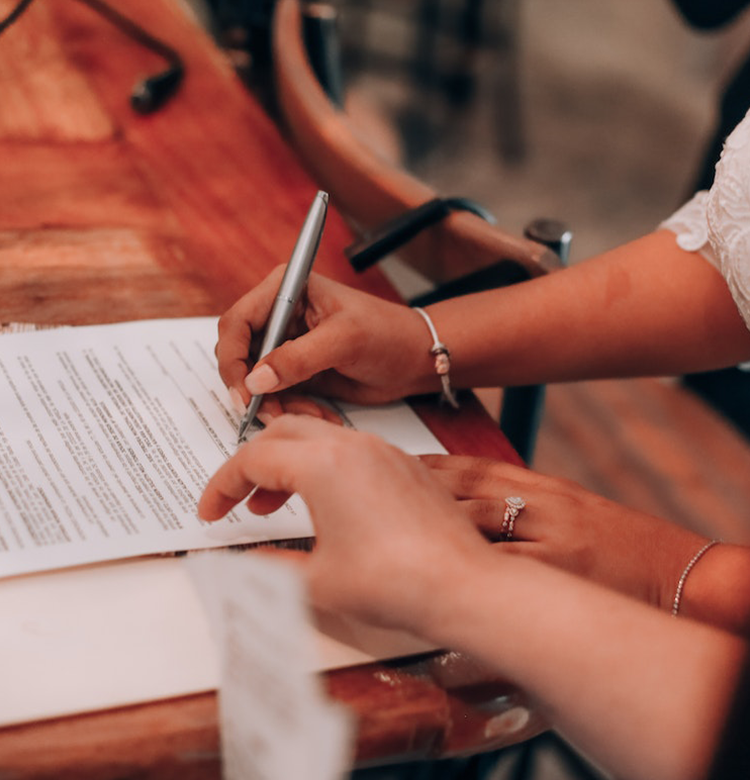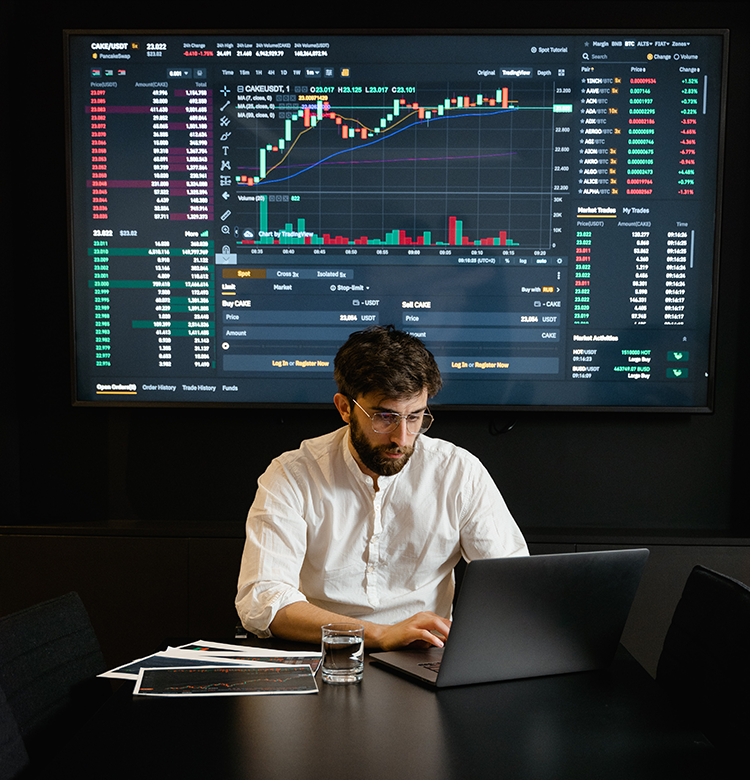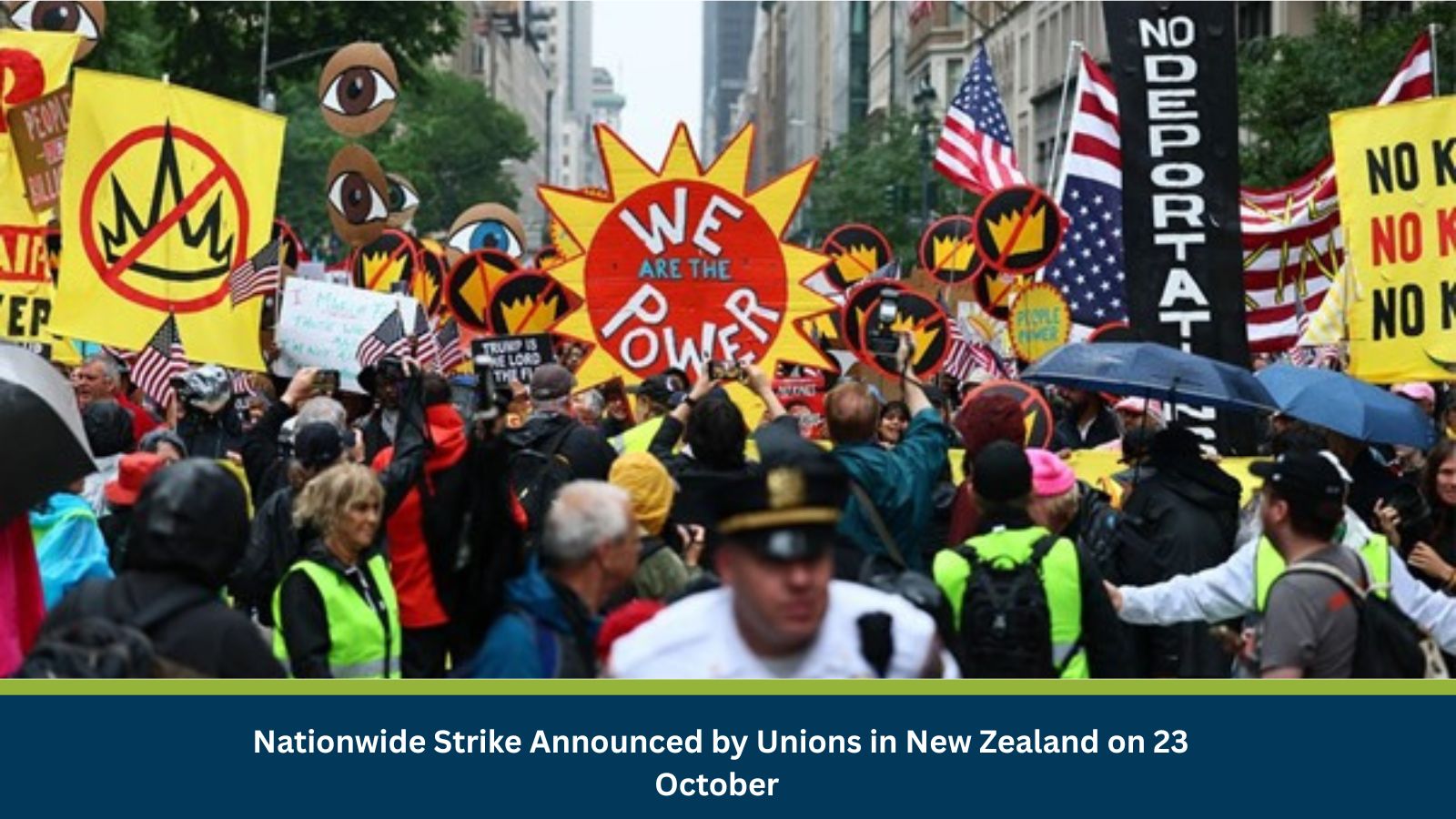What is Risk Analysis in the Context of Civil Disturbance Events
Civil disturbance risk analysis assesses how public demonstrations and crowd-control operations affect mobility, safety, and business continuity. In New York City, mass protests like the ‘No Kings’ movement are frequent expressions of political dissent, often organized near symbolic landmarks such as Times Square, City Hall, and Grand Central. These gatherings typically last one to three days, creating significant operational pressure on transport networks, emergency response, and public-facing businesses. The scale and coordination of these protests make advance planning critical for ensuring workforce safety and uninterrupted service delivery.
Executive Summary
- Date of Incident: 18 October 2025
- Location: New York City, New York, United States
- Risk Category: Civil Disturbance
- Severity Score: 3/5
- Confidence Level: 90%
Multiple ‘No Kings’ demonstrations are planned across New York City on Saturday, 18 October, with major rallies expected in Times Square, Lower Manhattan, and Brooklyn. Similar protests in past years have attracted thousands of participants and triggered heavy NYPD deployments, resulting in extensive traffic diversions, subway delays, and temporary business closures.
While widespread violence is unlikely, the high turnout and multiple venues pose a substantial risk of mobility disruption and local economic slowdown through the weekend. Operational impacts are expected to taper within three to five days, with minimal long-term damage.
Current Updates
Authorities anticipate large gatherings at Times Square, Bryant Park, and near government precincts in Lower Manhattan. NYPD and Department of Transportation have issued warnings of major road closures, particularly along Broadway, Seventh Avenue, and adjacent feeder routes. Access to Grand Central Terminal may be periodically restricted for security reasons, with alternate commuter advisories in place.
Known Hotspots and Sensitive Areas
- High Impact: Times Square, Grand Central Terminal, City Hall, and Broadway corridor (expected focal points of demonstrations).
- Medium Impact: Union Square, Bryant Park, and Brooklyn Bridge approaches (potential for spillover gatherings).
- Low Impact: Outer boroughs (Queens, Bronx, Staten Island), where protests are unlikely to reach significant scale.
Recurrence risk remains moderate, as organizers have hinted at follow-up demonstrations depending on weekend turnout.
Impact on Transportation and Services
Major road and subway disruptions are anticipated throughout Midtown and Lower Manhattan. Several MTA bus routes and subway lines (1, 2, 3, N, R, Q, W) may face diversions or temporary station closures near rally points. Ride-hailing wait times and surge pricing are likely to increase significantly.
Businesses in protest-affected zones should expect reduced customer traffic, longer employee commute times, and sporadic delivery delays.
Recommended Actions
- Employee Safety & Mobility: Enable remote work for non-essential staff; share MTA and NYPD traffic updates; provide alternative commute reimbursements.
- Asset Protection: Secure storefronts and ground-level property; restrict non-essential site visits; monitor building perimeters.
- Continuity Operations: Adjust operating hours; notify clients of potential delays; reroute deliveries through unaffected corridors.
- Situational Awareness: Establish an internal response cell to track real-time developments via Notify NYC, NYPD News, and NYC DOT advisories.
Multidimensional Impact
Citywide traffic congestion may extend to adjacent boroughs, delaying freight logistics and emergency vehicle response. Public sentiment on governance issues may trigger spontaneous satellite gatherings, increasing police and media presence across the city. The heightened deployment of NYPD and federal agencies enhances safety but may strain response times for unrelated urban incidents.
Emergency Contacts
- Police: 911 (Emergencies) / 311 (Non-Emergencies)
- Fire: 911
- Ambulance: 911
- MTA Service Updates: 511
- Official Channels: Notify NYC, NYPD News, NYC DOT
Final Thoughts
The trajectory indicates a contained but high-visibility urban disruption, concentrated over the weekend and tapering by mid-next week. Key watchpoints include after-hours crowd spillovers, unpermitted marches, and potential congestion around Times Square and City Hall. Organizations should maintain flexible commute arrangements, reinforce security perimeters, and rely on verified real-time intelligence tools such as Datasurfr’s Predict for early warning and situational tracking during high-density urban demonstrations. Stay ahead of operational risks with real-time alerts, scenario modeling, and expert advisories with datasurfr’s Predict. Start your 14-day free trial of Datasurfr’s Risk Intelligence Platform today.






